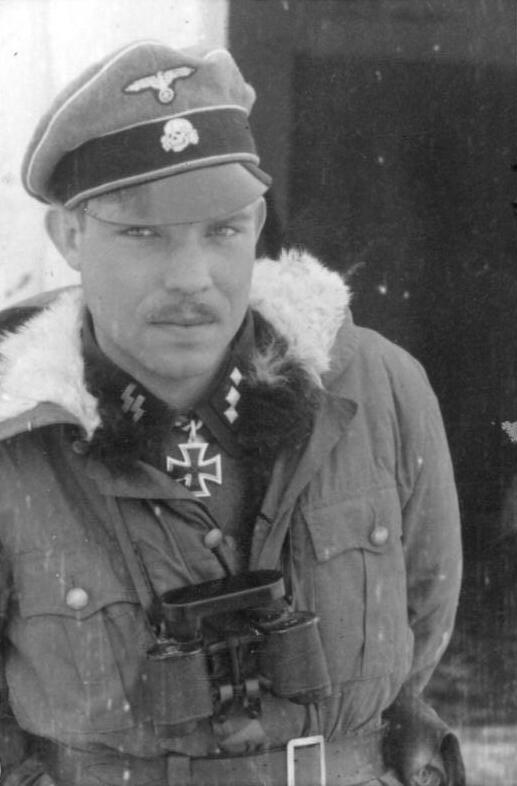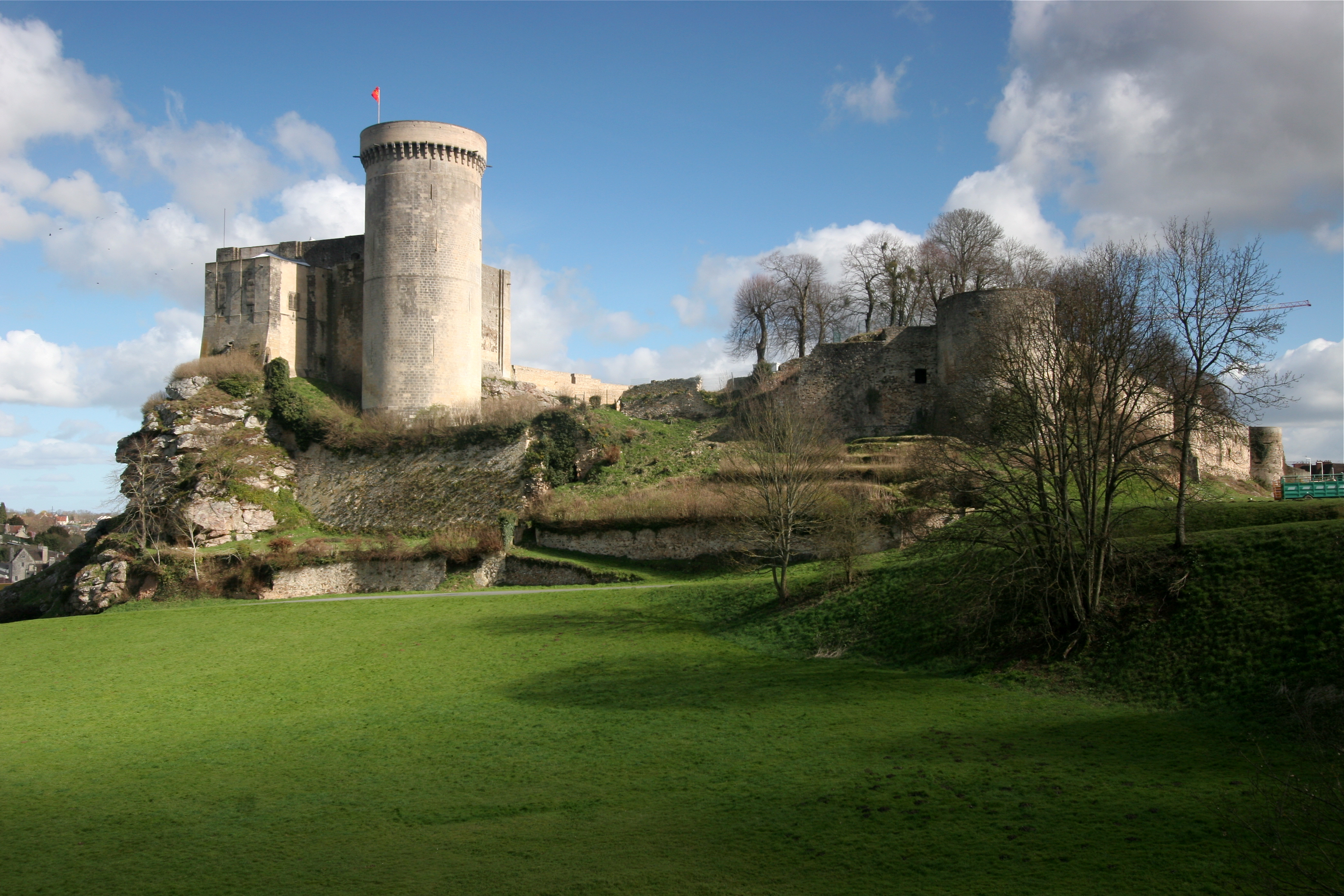|
Sturzkampfgeschwader 1
''Sturzkampfgeschwader'' 1 (StG 1 - Dive Bomber Wing 1) was a Luftwaffe dive bomber wing during World War II. StG 1 was formed in May 1939 and remained active until October 1943, when it was renamed and reorganised into Schlachtgeschwader 1 (SG 1). It operated the Junkers Ju 87 Stuka dive-bomber exclusively in the combat role. StG 1 served the German war effort on every front including limited ''Bandenbekämpfung'' operations in support of Wehrmacht and Nazi paramilitary forces. Formation StG 1 was formed at the close of the 1930s as the Luftwaffe rushed to form and reorganise its combat units. I./StG 1 was formed first, not the ('command') ('squadron'), on 1 May 1939 in Insterburg, East Prussia. Major Werner Rentsch was appointed as the group's first commanding officer. The group was created by renaming I./StG 160. It remained there with all 38 Ju 87s serviceable, and two of its three Dornier Do 17Ps operational for reconnaissance. Stab./StG 1 was form ... [...More Info...] [...Related Items...] OR: [Wikipedia] [Google] [Baidu] |
Dive Bomber
A dive bomber is a bomber aircraft that dives directly at its targets in order to provide greater accuracy for the bomb it drops. Diving towards the target simplifies the bomb's trajectory and allows the pilot to keep visual contact throughout the bomb run. This allows attacks on point targets and ships, which were difficult to attack with conventional level bombers, even ''en masse''. After World War II, the rise of precision-guided munitions and improved anti-aircraft defences—both fixed gunnery positions and fighter interception—led to a fundamental change in dive bombing. New weapons, such as rockets, allowed for better accuracy from smaller dive angles and from greater distances. They could be fitted to almost any aircraft, including fighters, improving their effectiveness without the inherent vulnerabilities of dive bombers, which needed air superiority to operate effectively. Method A dive bomber dives at a steep angle, normally between 45 and 60 degrees or ... [...More Info...] [...Related Items...] OR: [Wikipedia] [Google] [Baidu] |
Dornier Do 17
The Dornier Do 17 is a twin-engined light bomber produced by Dornier Flugzeugwerke for the German Luftwaffe during World War II. Designed in the early 1930s as a '' Schnellbomber'' ("fast bomber") intended to be fast enough to outrun opposing aircraft, the lightly built craft had a twin tail and " shoulder wing". Sometimes referred to as the ''Fliegender Bleistift'' ("flying pencil"), it was popular among its crews due to its handling, especially at low altitude, which made the Do 17 harder to hit than other German bombers. The Do 17 made its combat debut in 1937 during the Spanish Civil War, operating in the Condor Legion in various roles. Along with the Heinkel He 111 it was the main bomber type of the German air arm in 1939–1940. The Dornier was used throughout the early war, and saw action in significant numbers in every major campaign theatre as a front line aircraft until the end of 1941, when its effectiveness and usage was curtailed as its bomb load and range were li ... [...More Info...] [...Related Items...] OR: [Wikipedia] [Google] [Baidu] |
Tczew
Tczew (, csb, Dërszewò; formerly ) is a city on the Vistula River in Eastern Pomerania, Kociewie, northern Poland with 59,111 inhabitants (December 2021). The city is known for its Old Town and the Vistula Bridge, or Bridge of Tczew, which played a key role in the Invasion of Poland during World War II. It is the capital of Tczew County in the Pomeranian Voivodeship and the largest town of the ethnocultural region of Kociewie. The city is the location for the annual English Language Camp arranged by the American-Polish Partnership for Tczew. Geographical location Tczew is located on the west bank of river Vistula, approximately south of Gdańsk Bay at the Baltic Sea and south-east of Gdańsk. History Middle Ages Tczew (''Trsow'', ''Dersowe'', ‘weaver's town’) was first mentioned as ''Trsow'' in a document by Pomeranian Duke Grzymisław bestowing the land to the Knights Hospitaller in 1198. Around 1200 Sambor I, Duke of Pomerania, built a fortress here. In som ... [...More Info...] [...Related Items...] OR: [Wikipedia] [Google] [Baidu] |
Bruno Dilley
The Knight's Cross of the Iron Cross (german: Ritterkreuz des Eisernen Kreuzes) and its variants were the highest awards in the military and paramilitary forces of the Nazi Germany during World War II. The Knight's Cross of the Iron Cross was awarded for a wide range of reasons and across all ranks, from a senior commander for skilled leadership of his troops in battle to a low-ranking soldier for a single act of extreme gallantry. A total of 7,321 awards were made between its first presentation on 30 September 1939 and its last bestowal on 17 June 1945. This number is based on the analysis and acceptance of the Order commission of the Association of Knight's Cross Recipients (AKCR). Presentations were made to members of the three military branches of the Wehrmacht—the Heer (Army), Kriegsmarine (Navy) and Luftwaffe (Air Force)—as well as the Waffen-SS, the Reichsarbeitsdienst (RAD—Reich Labour Service) and the Volkssturm (German national militia). There were also 43 recipie ... [...More Info...] [...Related Items...] OR: [Wikipedia] [Google] [Baidu] |
Red Army
The Workers' and Peasants' Red Army ( Russian: Рабо́че-крестья́нская Кра́сная армия),) often shortened to the Red Army, was the army and air force of the Russian Soviet Federative Socialist Republic and, after 1922, the Union of Soviet Socialist Republics. The army was established in January 1918. The Bolsheviks raised an army to oppose the military confederations (especially the various groups collectively known as the White Army) of their adversaries during the Russian Civil War. Starting in February 1946, the Red Army, along with the Soviet Navy, embodied the main component of the Soviet Armed Forces; taking the official name of "Soviet Army", until its dissolution in 1991. The Red Army provided the largest land force in the Allied victory in the European theatre of World War II, and its invasion of Manchuria assisted the unconditional surrender of Imperial Japan. During operations on the Eastern Front, it accounted for 75–80% of cas ... [...More Info...] [...Related Items...] OR: [Wikipedia] [Google] [Baidu] |
Soviet Union
The Soviet Union,. officially the Union of Soviet Socialist Republics. (USSR),. was a List of former transcontinental countries#Since 1700, transcontinental country that spanned much of Eurasia from 1922 to 1991. A flagship communist state, it was nominally a Federation, federal union of Republics of the Soviet Union, fifteen national republics; in practice, both Government of the Soviet Union, its government and Economy of the Soviet Union, its economy were highly Soviet-type economic planning, centralized until its final years. It was a one-party state governed by the Communist Party of the Soviet Union, with the city of Moscow serving as its capital as well as that of its largest and most populous republic: the Russian Soviet Federative Socialist Republic, Russian SFSR. Other major cities included Saint Petersburg, Leningrad (Russian SFSR), Kyiv, Kiev (Ukrainian Soviet Socialist Republic, Ukrainian SSR), Minsk (Byelorussian Soviet Socialist Republic, Byelorussian SSR), Tas ... [...More Info...] [...Related Items...] OR: [Wikipedia] [Google] [Baidu] |
Invasion Of Poland
The invasion of Poland (1 September – 6 October 1939) was a joint attack on the Republic of Poland by Nazi Germany and the Soviet Union which marked the beginning of World War II. The German invasion began on 1 September 1939, one week after the signing of the Molotov–Ribbentrop Pact between Germany and the Soviet Union, and one day after the Supreme Soviet of the Soviet Union had approved the pact. The Soviets invaded Poland on 17 September. The campaign ended on 6 October with Germany and the Soviet Union dividing and annexing the whole of Poland under the terms of the German–Soviet Frontier Treaty. The invasion is also known in Poland as the September campaign ( pl, kampania wrześniowa) or 1939 defensive war ( pl, wojna obronna 1939 roku, links=no) and known in Germany as the Poland campaign (german: Überfall auf Polen, Polenfeldzug). German forces invaded Poland from the north, south, and west the morning after the Gleiwitz incident. Slovak military forces ad ... [...More Info...] [...Related Items...] OR: [Wikipedia] [Google] [Baidu] |
Falaise, Calvados
Falaise () is a commune in the Calvados department in the Normandy region in northwestern France. Geography Falaise lies on the river Ante, a tributary of the river Dives, about southeast of Caen. History The area around Falaise has been inhabited from prehistoric times, but it was only at the end of the prehistoric period and the beginning of the Gallo-Roman era that the area, Falaise in particular, was regularly inhabited. Evidence of settlement from the time has been found at Vaston, an agricultural area just north-east of the modern town. Falaise, as it is sited today, probably came into being around the castle. The town was the birthplace of William the Conqueror, first of the Norman Kings of England. He was frequently referred to as William the Bastard, on account of his being born out of wedlock to Herleva from Falaise, reputedly a tanner's daughter. The Château de Falaise (12th–13th century), which overlooks the town from a high crag (french: falaise), wa ... [...More Info...] [...Related Items...] OR: [Wikipedia] [Google] [Baidu] |
Boulogne
Boulogne-sur-Mer (; pcd, Boulonne-su-Mér; nl, Bonen; la, Gesoriacum or ''Bononia''), often called just Boulogne (, ), is a coastal city in Northern France. It is a sub-prefecture of the department of Pas-de-Calais. Boulogne lies on the Côte d'Opale, a touristic stretch of French coast on the English Channel between Calais and Normandy, and the most visited location in the region after the Lille conurbation. Boulogne is its department's second-largest city after Calais, and the 183rd-largest in France.Téléchargement du fichier d'ensemble des populations légales en 2017 ... [...More Info...] [...Related Items...] OR: [Wikipedia] [Google] [Baidu] |
Saint-Inglevert Airfield
Saint-Inglevert Airfield is a general aviation airfield at Saint-Inglevert, Pas-de-Calais, France. In the First World War an airfield was established near Saint-Inglevert by the Royal Flying Corps, later passing to the Royal Air Force on formation and thus becoming RAF Saint Inglevert.for a description of some RFC/RAF operations on the field, see No. 115 Squadron RAF In 1920, a civil airfield was established on a different site which was a designated customs airfield. During the Second World War, Saint-Inglevert was occupied by the Royal Air Force and the ''Armée de l'Air''. The airfield was captured by the Germans towards the end of the Battle of France and occupied by the Luftwaffe. It was abandoned in 1941, but in 1943 field artillery units were based around the airfield as part of the Atlantic Wall. Although civil flying returned to Saint-Inglevert post-war, the airfield was abandoned in 1957 and returned to agriculture. It was reopened by ''l'Aéroclub du Boulonnais'' ( ... [...More Info...] [...Related Items...] OR: [Wikipedia] [Google] [Baidu] |
8th Air Corps (Germany)
__NOTOC__ 8th Air Corps (''VIII. Fliegerkorps'') was formed 19 July 1939 in Oppeln as ''Fliegerführer z.b.V.'' ("for special purposes"). It was renamed to the 8th Air Corps on 10 November 1939. The Corps was also known as ''Luftwaffenkommando Schlesien'' between 25 January 1945 and 2 February 1945 and was merged with ''Luftgau-Kommando VIII'' on 28 April 1945 and redesignated ''Luftwaffenkommando VIII''. Commanding officers * Generaloberst Wolfram Freiherr von Richthofen, 19 July 1939 – 30 June 1942 * General der Flieger Martin Fiebig, 1 July 1942 – 21 May 1943 * General der Flieger Hans Seidemann, 21 May 1943 – 28 April 1945 See also * Luftwaffe Organization The ''Luftwaffe'' () was the aerial-warfare branch of the German '' Wehrmacht'' before and during World War II. Germany's military air arms during World War I, the ''Luftstreitkräfte'' of the Imperial Army and the '' Marine-Fliegera ... References * {{Use dmy dates, date=June 2017 A008 Military ... [...More Info...] [...Related Items...] OR: [Wikipedia] [Google] [Baidu] |








